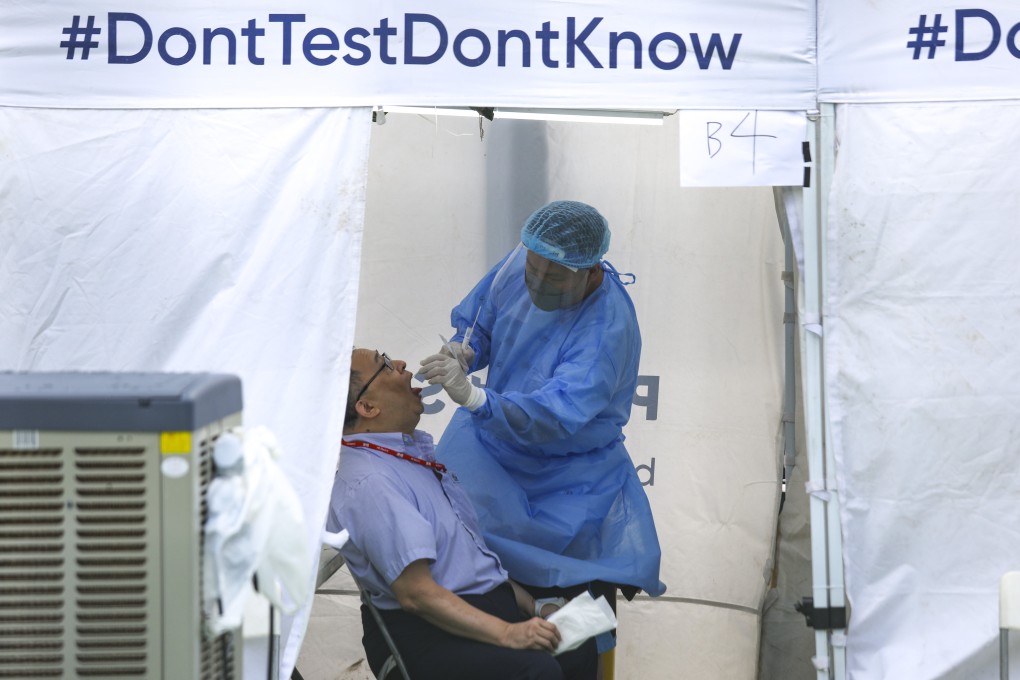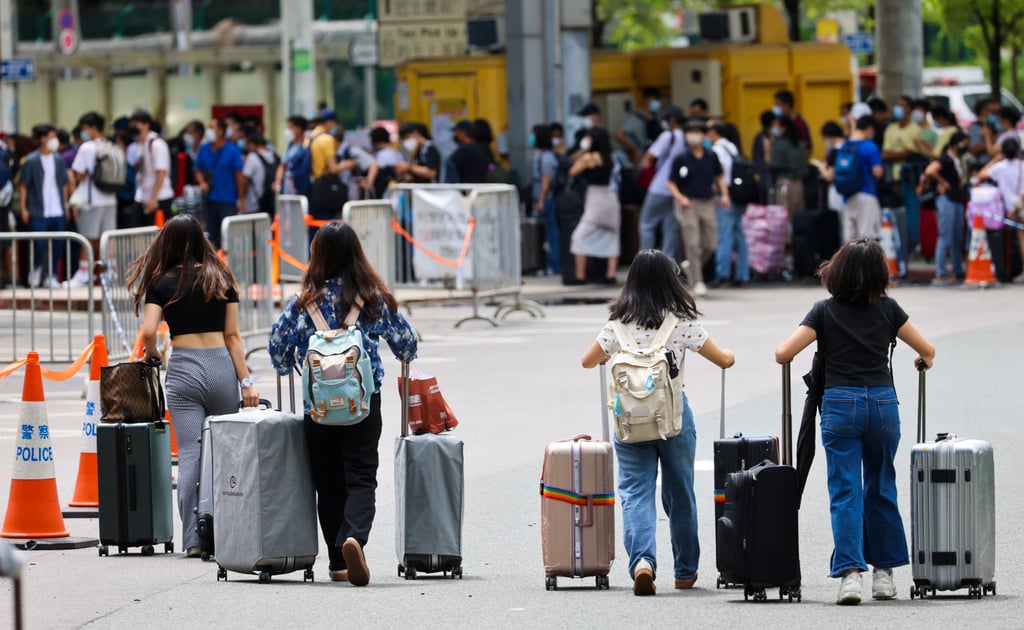Editorial | Hong Kong testing orders now fail to make sense
- University study calls into question cost-effectiveness of targeting buildings holding hundreds of people when only a small number are found to have Covid-19

Hong Kong’s Covid-19 measures continue to irk many people, especially when some of them appear to be too stringent for the current situation. Resistance to them has become even stronger when taking into account their cost-effectiveness and penalties for violations.
Testing orders for all residents of targeted buildings are a case in point.
A study by the University of Hong Kong has called the practice into question. It found that for every 100 buildings tested, each holding hundreds of residents, on average only 29 infections were reported in the first four waves of outbreaks.
The figure climbed to 46 when the most devastating fifth wave struck in March. That translated to just one case in 55.2 per cent of the buildings targeted.

About 13 per cent of daily reported cases were identified through a mix of these compulsory testing notices, according to the study.
